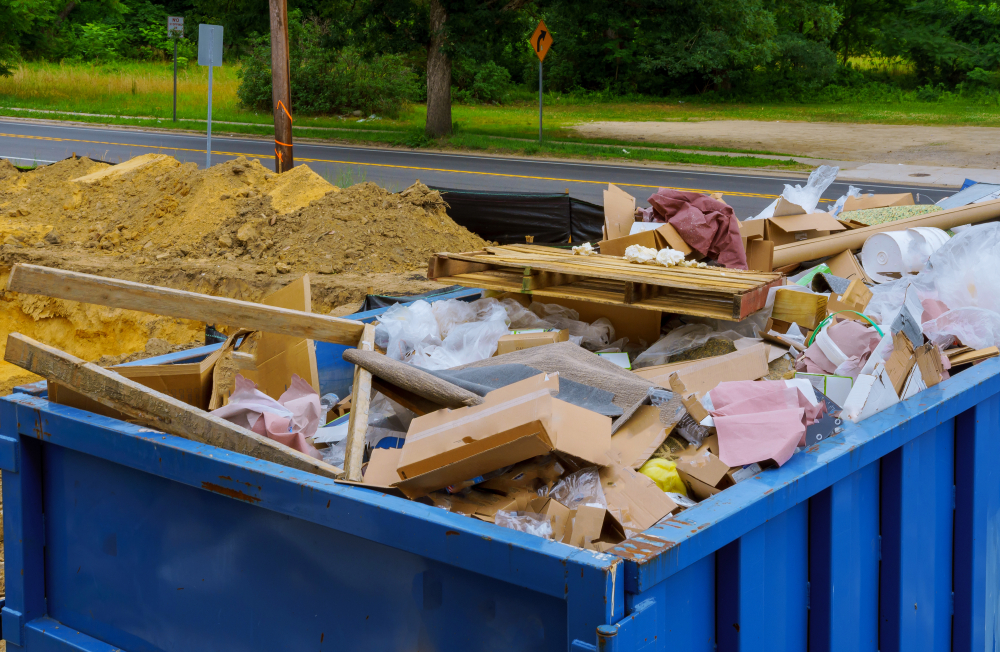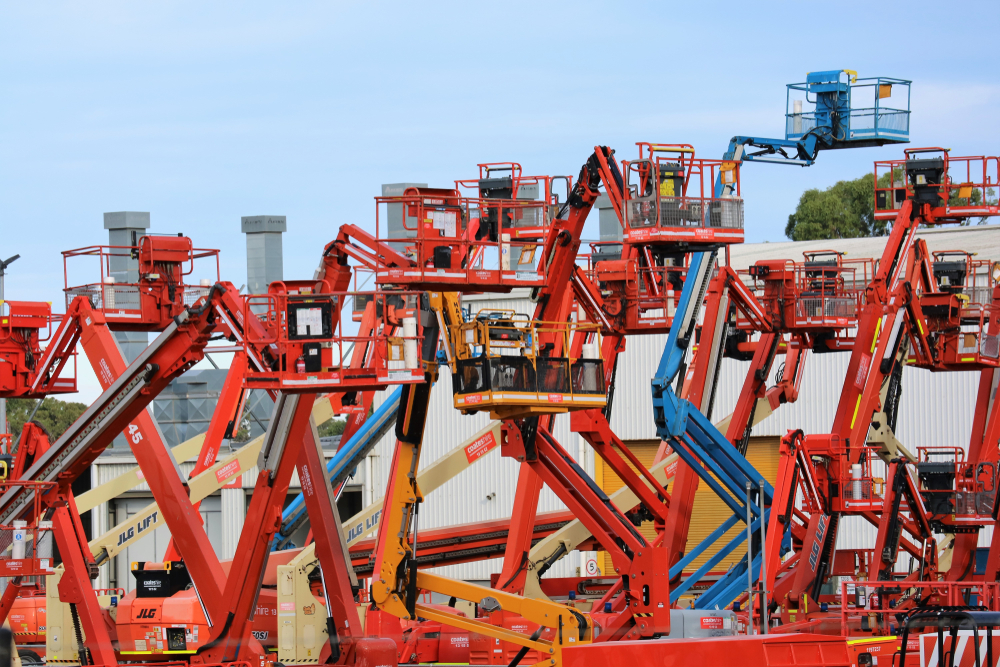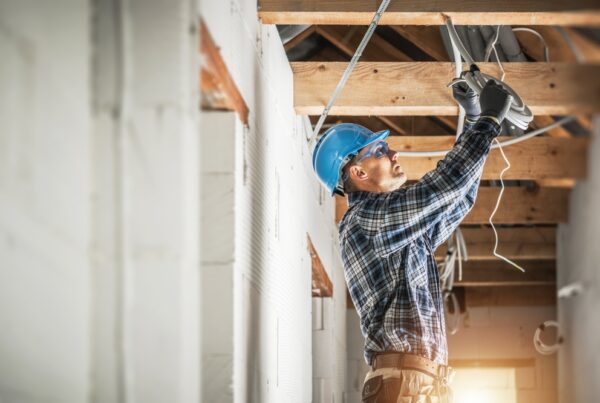You’re the facility/strata manager or caretaker but chances are, that sooner or later you will be tasked with managing a construction or renovation project… and one of the first things you’ll realise is how crucial it is to have the right equipment on hand. Just as a chef needs the right utensils, a project’s success hinges on the tools and equipment you use.

The right construction equipment hire can significantly influence project outcomes, from budgets to completion dates. Whether you’re embarking on a large-scale construction project or a small-scale renovation project, the equipment you choose can make or break your success.
Step 1: Understand the project needs
Before you even think about hiring equipment, take a moment to understand the project. Every project, whether it’s a small home renovation or a large-scale commercial construction project, has its own unique set of needs.
Knowing these details will help you choose the most fitting equipment for your needs. For instance, the repair of a living area won’t require the heavy machinery that a large construction project would, but a major landscaping upgrade might. Understanding the project’s scale and requirements will help you make the right construction equipment hire decisions, saving you time and money in the long run.
It’s also essential to consider the project timeline, as a longer rental duration usually means better deals on the equipment hire, saving you a handsome amount of money.
Step 2: Choose the right hire company
Then it’s time to look around for a trustworthy equipment hire company. You should look for a business that offers an extensive selection of industrial tools and machinery to suit your unique requirements.
By conducting research and comparing different companies, you can discover the ideal fit for your project. Seek out businesses with a broad range of hire equipment, from large machinery to tight access equipment.
However, it’s not only about variety. The other pillar to watch out for is their dedication to customer satisfaction. To ensure you’re partnering with a reliable provider, research the company’s reputation and feedback from customers. A solid track record and positive customer comments indicate better service.
Don’t forget to consider where the company is located; if they happen to be nearby, that’s a bonus for deliveries because long distance deliveries can eat up your budget!
Step 3: Engage with experts
Informed decisions can be made with the help of professional rental equipment consultants. These experts, with their vast experience, can assist you in selecting the most efficient tools. Their guidance can result in time and money savings, as well as prevent future complications. For instance, they may recommend a machine rental that is capable of performing multiple tasks, eliminating the need to rent multiple pieces of equipment.
Additionally, they can offer valuable insights into the latest equipment trends and technologies, enabling well-informed decision-making.
To optimise the equipment hire experience, be proactive and seize the opportunity to learn from other’s expertise. Engage in conversation, enquire, and soak up their valuable insights without hesitation.
Step 4: Compare and contrast
Before you shake hands on any deal, gather multiple quotes and compare values. Take a moment to evaluate the different hire options available to you. Remember that the best deal isn’t always the cheapest one.
Consider the company’s reputation and the quality of its equipment. It might be worth spending a little more on a rental that offers better customer service and equipment quality, saving you potential problems in the long run.
Keep in mind the company’s after-sales support as well, it could make all the difference if anything goes wrong with the equipment. So, get a few quotes, compare, and see where the best value lies.
Step 5: Scrutinize the fine print
Once you’ve chosen the equipment and company, take a pause before you sign the paperwork. Go through the hire agreement and look for specifics like insurance coverages, rental durations, upkeep duties, and any hidden fees. It’s always better to be clear upfront than to have surprises later. For instance, some hire agreements might require you to perform regular maintenance on the equipment, while others might cover this in the hire cost. Also, be aware of any penalties for late returns or damage to the equipment.
Step 6: Make the most of your equipment
Once you’ve secured the machine rental, it’s essential to maximise its potential. By following usage guidelines, routine maintenance, and safety rules, you’re not only guaranteed a successful project, but also reduce the chances of unexpected issues that could disrupt your progress. Keep in mind that using the equipment efficiently is crucial for completing your project on time and with success.
Step 7: Clock-watch for punctual equipment returns
Finally, to stay within budget and have a smooth hire experience, it is essential to have a well-thought-out return strategy in place. Planning the project timeline carefully ensures timely equipment returns, which will prevent any extra charges. It’s important to note that late returns can increase project costs.
Additionally, it’s worth considering the return process of the hire company, as some may require equipment cleaning or servicing before returning it. This attention to detail contributes to a hassle-free future equipment hire experiences.
Efficient and cost-effective equipment rental doesn’t just happen randomly during a construction or renovation project. Instead, it is the result of careful planning, making smart decisions, and being meticulous in your approach.
Every step in the process, from understanding your project’s unique needs to researching hire companies, engaging with experts, comparing rental options, reading agreements, optimising equipment usage, and planning for returns, is crucial. Whether you need industrial tools, machinery, or construction equipment, following these steps will ensure that your rental is both efficient and cost-effective.
Article by Makana Hire









